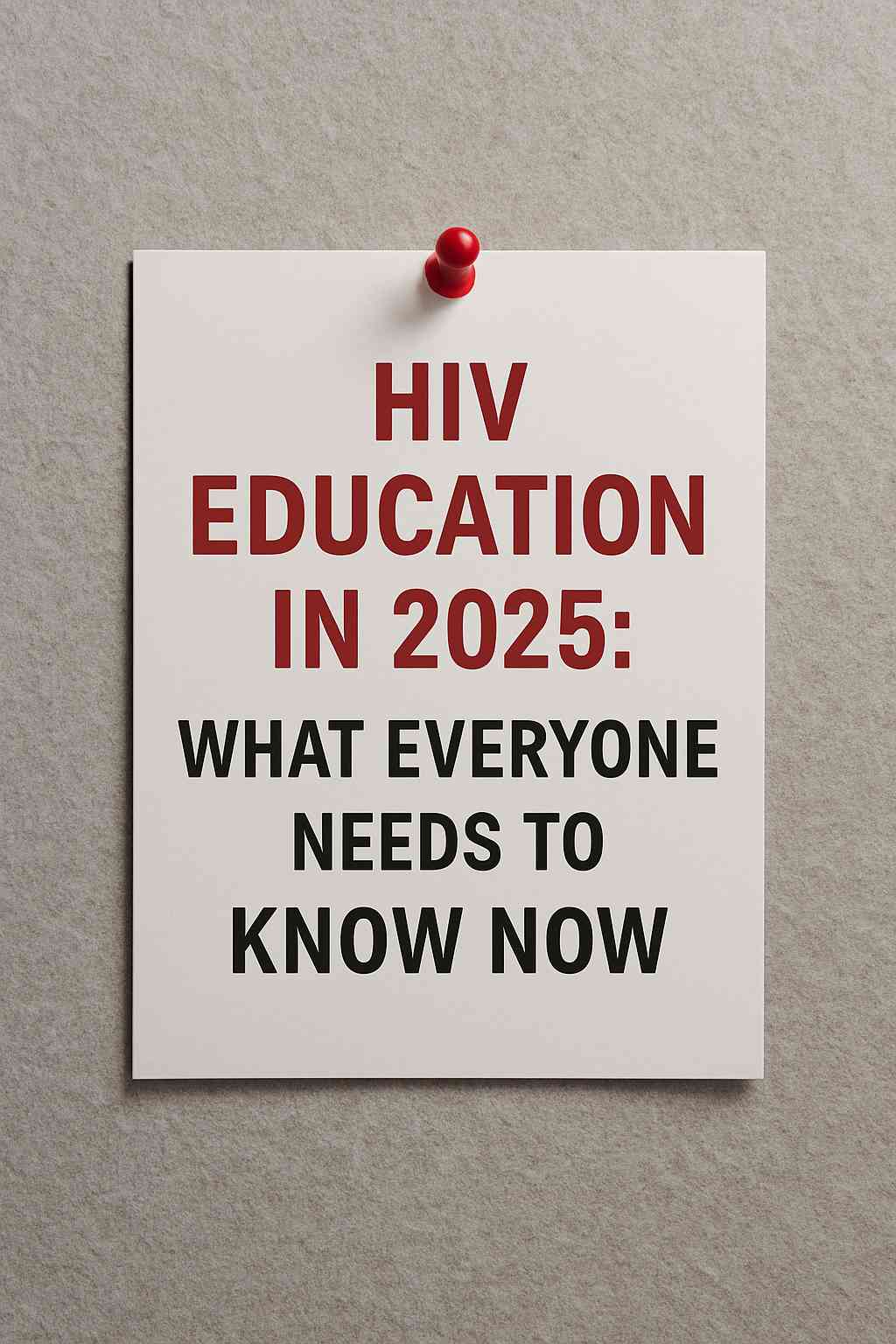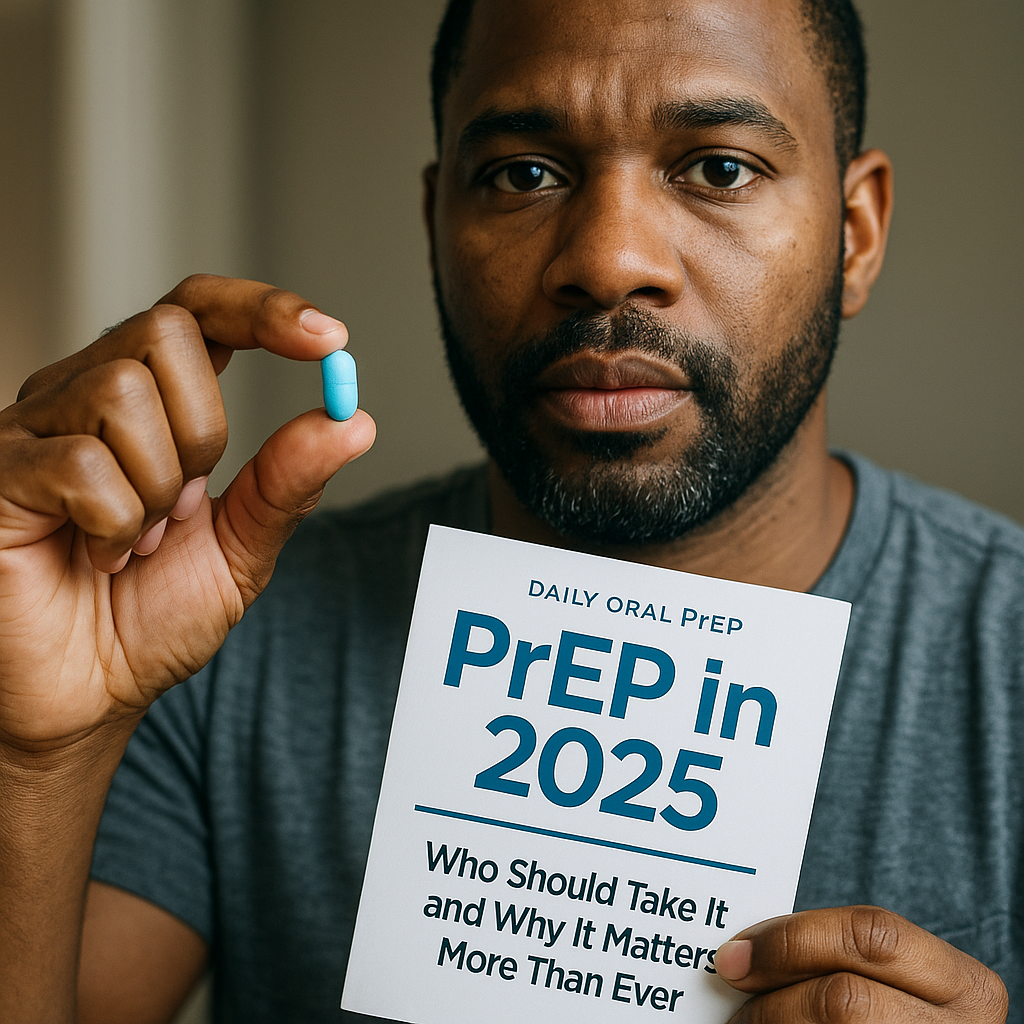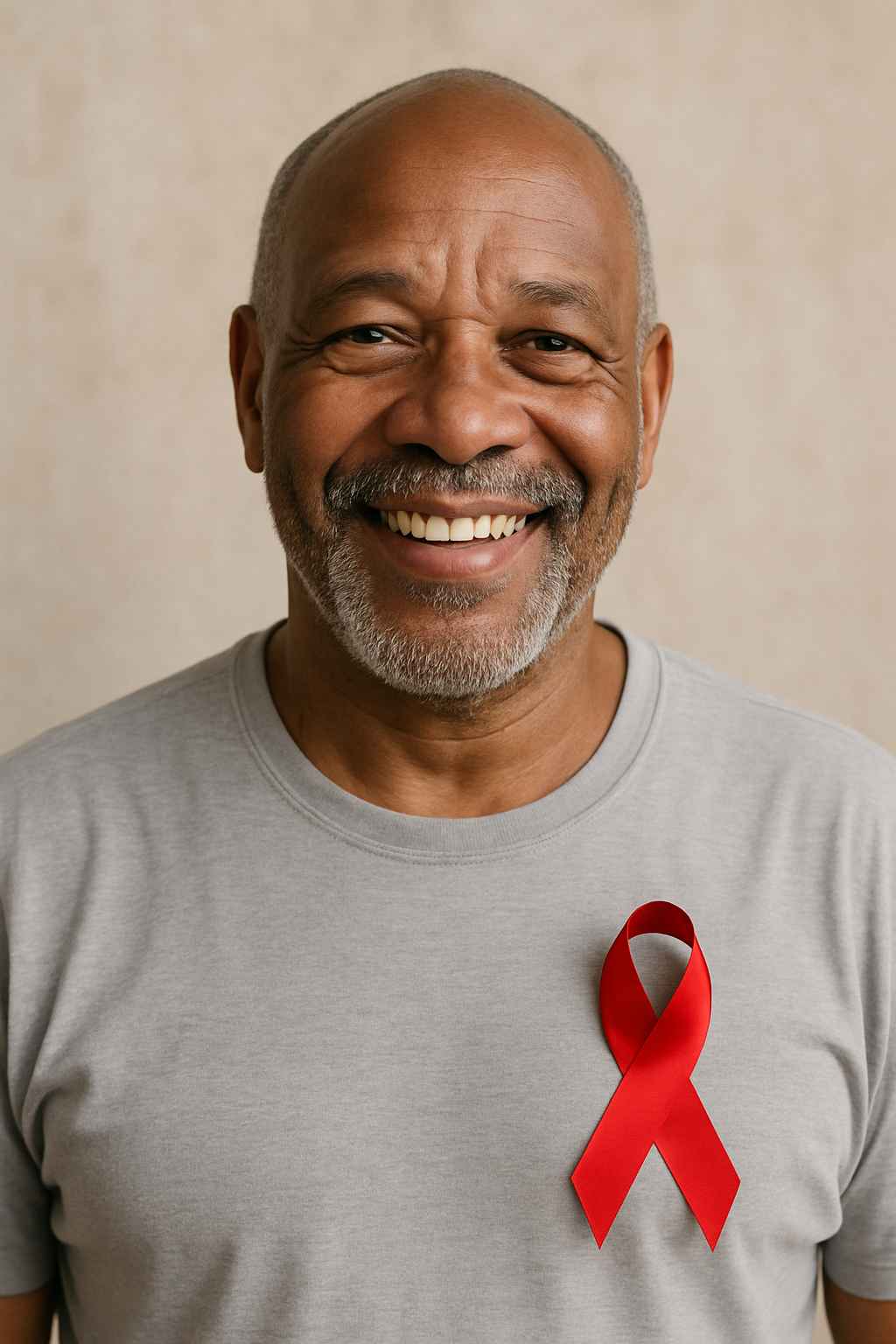
In a world where medical advancements are rapidly changing, HIV education remains a cornerstone of public health. Although we’ve made substantial strides in treatment and prevention, misinformation and stigma continue to thrive. Understanding where HIV education stands in 2025 is more than just an exercise in awareness—it’s a crucial step toward ending the epidemic.
Table of Contents
- The Evolution of HIV Education: Then and Now
- Key Messages Driving Awareness in 2025
- Where Gaps Remain: Populations and Barriers
- Tools, Resources, and Where to Learn More
The Evolution of HIV Education: Then and Now
HIV education has undergone significant transformation over the last four decades. In the early years of the epidemic, public messaging focused primarily on fear and risk reduction. Posters warned of high-risk behaviors, and misinformation often dominated the conversation.
Today, however, the approach is more holistic and science-driven. HIV education now emphasizes prevention strategies like PrEP (pre-exposure prophylaxis), PEP (post-exposure prophylaxis), and U=U (Undetectable = Untransmittable). Additionally, it acknowledges the mental health, social, and structural components of living with HIV.
In 2025, digital platforms, AI-enhanced learning, and virtual support groups have become integral to expanding HIV education. Content is more tailored, culturally relevant, and accessible than ever before. Campaigns now reach people through mobile apps, influencers, and community-driven messaging—channels that resonate more personally than traditional methods.
Key Messages Driving Awareness in 2025
To be effective, HIV education in 2025 revolves around a few core principles:
1. HIV is treatable and manageable.
Thanks to modern antiretroviral therapy (ART), people living with HIV can lead long, healthy lives. Education efforts emphasize the importance of early diagnosis and adherence to medication.
2. U=U is a game-changer.
People who maintain an undetectable viral load cannot transmit HIV to sexual partners. This scientifically backed message is now central to both prevention and stigma reduction.
3. Prevention options are growing.
HIV education includes tools like long-acting injectable PrEP, condom access, harm reduction strategies for injection drug users, and regular screening.
4. Stigma is still a major issue.
Efforts now include mental health support and campaigns to challenge harmful stereotypes. Language matters, and education programs stress person-first, nonjudgmental communication.
5. Intersectionality matters.
Education in 2025 recognizes that HIV risk and care experiences vary by race, gender, socioeconomic status, and geography. Programs are tailored to reflect these complexities.
Where Gaps Remain: Populations and Barriers
Despite advancements, disparities in HIV education persist. Rural communities, older adults, transgender individuals, and youth of color often lack adequate access to resources. In some regions, stigma and laws still inhibit open dialogue about sexual health.
Incarcerated individuals and immigrants are also frequently left out of mainstream campaigns. Language barriers, fear of legal repercussions, and lack of culturally appropriate materials continue to hinder education efforts.
Furthermore, not all healthcare providers are equipped with the latest HIV education. Some may unknowingly pass on outdated information or fail to discuss options like PrEP or U=U with patients. This gap between clinical advancements and real-world implementation must be addressed.
Organizations like AIDS.org and Healthcare.pro are working to close these gaps by offering multilingual content, provider training, and easily accessible educational materials.
Tools, Resources, and Where to Learn More
In 2025, a wealth of digital tools has become available to support HIV education. From chatbot-driven Q&A platforms to VR-based risk simulations, technology is enhancing how people engage with information.
Apps like MyHIVCare help track medication adherence, send appointment reminders, and provide access to support groups. Websites including AIDS.org offer up-to-date articles, FAQs, and links to local resources.
Schools, workplaces, and even churches are participating in community-based HIV education initiatives. Materials are being co-created with those most affected, ensuring content is not just accurate but relatable.
Additionally, public health campaigns are increasingly leveraging partnerships with influencers and cultural icons to spread awareness. A YouTube creator or TikTok star discussing their PrEP experience can have a far greater impact than a standard PSA.
To learn more about the mission behind ongoing efforts, visit https://aids.org/aids-faqs-p/.
Conclusion
HIV education in 2025 is smarter, more inclusive, and more vital than ever. While we’ve moved far beyond the scare tactics of the past, new challenges demand fresh solutions. Education must be constant, credible, and community-led.
Whether you’re a healthcare provider, educator, advocate, or simply someone who wants to be informed, your role in HIV education matters. Knowledge not only saves lives—it empowers them. Keep learning, keep talking, and keep pushing for equitable access to the truth.
FAQs
Why is HIV education still important in 2025?
Despite medical advances, misinformation, stigma, and health disparities continue to impact prevention and care.
What is U=U and why is it part of HIV education?
U=U means that people with undetectable viral loads cannot sexually transmit HIV. It’s a key tool in education and stigma reduction.
Where can I find accurate HIV information?
Trusted sources include AIDS.org, the CDC, and Healthcare.pro. Always verify facts with medically reviewed content.
Who should get HIV education?
Everyone—including youth, parents, healthcare providers, and policymakers. Universal understanding helps build healthier communities.
Can technology really improve HIV education?
Yes. Digital tools allow for more interactive, personalized, and accessible learning across diverse audiences.
“This content is not medical advice. For any health issues, always consult a healthcare professional. In an emergency, call 911 or your local emergency services.”



